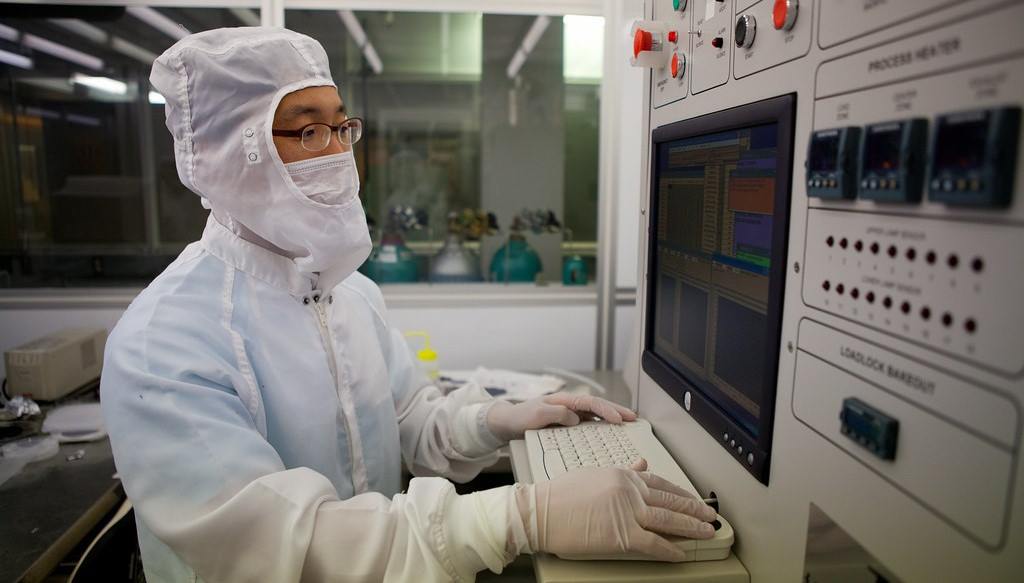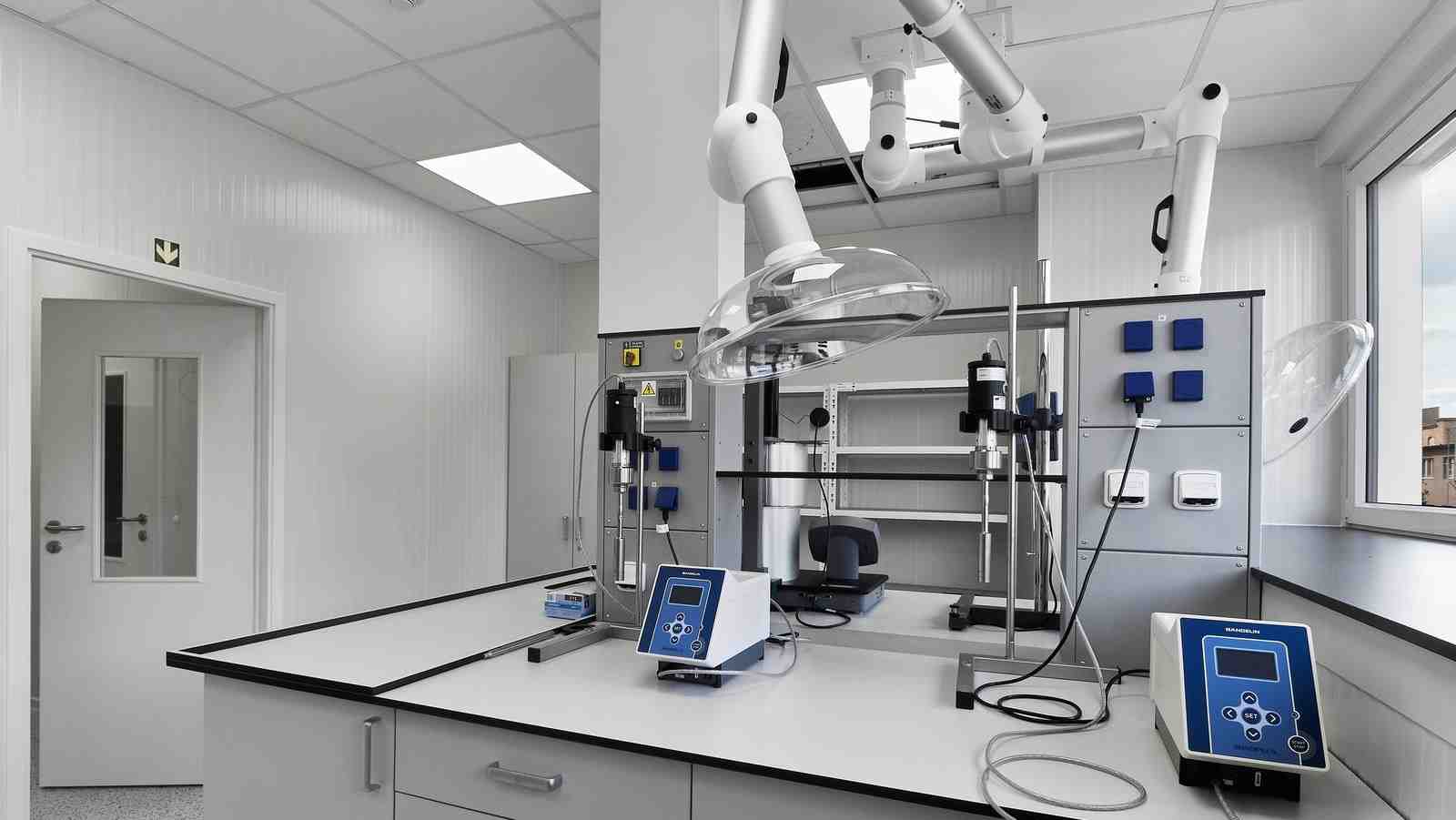European Leaders in Polymer Nanotechnology: A 2025 Outlook
Who are the European Nanotechnology and Polymer Research Leaders?

As the demand for smarter, lighter, and more sustainable materials accelerates across industries, Europe remains at the forefront of polymer nanotechnology innovation.
From cutting-edge research institutes to cross-sector EU-funded projects and cooperative industrial clusters, a dynamic ecosystem is driving breakthroughs in advanced materials. Together, they are redefining how nanotechnology is applied to polymers for a circular, high-performance future.
This 2025 outlook spotlights some of the key players shaping the future of polymer science.
1. Institute of Macromolecular Chemistry (IMC) – Department of Nanostructured Polymers and Composites
IMC focuses on the study of smart materials based on polymer nanocomposites and nanostructured polymers, frequently combining the two ideas in a complementary way.

The department is concerned with a wide range of polymers, such as thermoplastics, thermosets, and biodegradable polymers. Into these polymer systems the researchers examine the impact of many types of nanofillers, including one-dimensional forms like graphene sheets, as well as carbon nanotubes, halloysite nanotubes, nanoclays, and other nanomaterials from both inorganic and organic nature.
In essence, the research covers:
· Design, synthesis, and the clarification of structure/property correlations in new multifunctional materials with customized features.
· Incorporation of nanofillers like carbon nanotubes, graphene, and clay into thermoplastics and biodegradable polymers.
· Development of stimuli-responsive, self-healing, and shape-memory systems.
· Utilization of click chemistry and self-assembly techniques to create multifunctional polymer nanocomposites.
2. Polymer Nano Centrum
Polymer Nano Centrum, established in 2016 in Rakovník, Czech Republic, is a pioneering company specializing in the application of nanotechnology to polymers. The company (which hosts this webpage) focuses on modifying polymers at the nanoscale to enhance properties.

These include:
· Electrical conductivity
· UV resistance
· Mechanical strength
· Thermal resistance
· Surface properties
· Chemical durability
· Anti-static properties
· Electromagnetism
Utilizing advanced nanostructuring techniques, the company develops customized solutions for various industries, including electronics, automotive, construction, and defense. Their state-of-the-art facility houses 25 scientific devices across two floors, enabling in-house research and development specifically set up for industrial application.

By integrating nanomaterials into polymers, Polymer Nano Centrum creates innovative materials that meet specific client requirements, driving advancements in nanotechnology applications.
3. Leibniz Institute for Polymer Research (IPF) Dresden, Germany
The Leibniz Institute for Polymer Research Dresden (IPF) is a leading institute conducting both fundamental and applied polymer research.
Situated in Dresden and affiliated with the Leibniz Association, IPF focuses on areas such as functional nanostructured interfaces, bioinspired materials, polymer networks, and process-controlled structure formation. Its multidisciplinary approach integrates synthesis, theoretical modelling, processing, and characterization of polymers.
IPF collaborates closely with Technische Universität Dresden and is an active member of the DRESDEN-concept research alliance. While the institute's work underpins advancements in sustainability, healthcare, and information technologies, it also invests heavily into plastics research, conducted at the Division of Polymer Materials Engineering which covers:
· Elastomers
· Processing technology
· Materials engineering
· Tailored lightweight composites
· Fibre engineering

4. Max Planck Institute for Polymer Research (MPIP), Mainz, Germany
The Max Planck Institute for Polymer Research (MPI-P) in Mainz, Germany, is a leading centre for fundamental research in polymer science. Established in 1983, the institute focuses on soft matter and macromolecular materials, aiming to understand the relationships between chemical structure, physical properties, and function. Its interdisciplinary approach encompasses synthesis, characterization, and theoretical modelling of polymers.
Specifically, the Institute is divided into six working areas of basic scientific research in the field of polymers. These are:
· Water at Interfaces
· Non-equilibrium Phenomena in Soft Matter
· Nanomaterials in Medicine
· Defect Engineering
· Multiscale Challenges
· Proteins at Interfaces
5. FlexFunction2Sustain
FlexFunction2Sustain is a Horizon 2020 project establishing an Open Innovation Test Bed (OITB) to accelerate the development of sustainable, nano-functionalized flexible plastic and paper surfaces. Coordinated by Fraunhofer FEP, the initiative connects 19 partners across Europe, including research institutes, SMEs, and industry leaders.

It provides SMEs with streamlined access to services such as material design, pilot production, testing, and regulatory compliance through a Single-Entry Point. The project focuses on six industrial use cases, including:
· Recyclable packaging
· Biodegradable optical films
· Smart automotive surfaces
· Surfaces and membranes in bio applications
· Sustainable and smart paper
· Sustainable and smart plastic
By integrating circular economy principles, FlexFunction2Sustain aims to reduce time-to-market and enhance sustainability in advanced materials.
6. Polymeris
Polymeris is France’s premier competitive cluster dedicated to polymers, composites, and elastomers, uniting over 530 members, including 330 industrial companies.
It supports innovation across strategic areas such as the circular economy, advanced materials, and digital transformation. Polymeris actively coordinates and participates in numerous EU-funded projects, including:
· THERMOFIRE: Developing bio-based, recyclable composites with enhanced mechanical properties and fire resistance.
· VIABLE: Designing epoxy resins by partially replacing BPA with lignin-based biomass.
· ZEVRA: Prototyping electric vehicles built from recycled materials, aiming for zero CO₂ emissions.
The Polytronics European Digital Innovation Hub aids SMEs in adopting AI and digital technologies. Through initiatives like AMULET and POLREC, Polymeris fosters cross-sectoral collaboration, driving the development of lightweight, recyclable materials and advancing the polymer industry’s best innovations.
7. VIT (Polymer Engineering via Molecular Design)
The VIT (Polymer Engineering via Molecular Design) project is a Horizon 2020 initiative focused on developing vitrimers—innovative polymers that combine the mechanical strength of thermosets with the recyclability of thermoplastics.
Coordinated by the University of Parma, the project aims to endow vitrimers with stable electrical and optical properties suitable for sustainable mobility applications, ensuring these functionalities persist after recycling. The international consortium comprises 10 academic research groups across Europe, America, and Asia, along with two innovative companies. Through collaborative research and knowledge exchange, VIT advances circular economy principles by promoting the reuse, repair, and recycling of high-performance polymer materials.

Related articles: Stronger Polymers Composites from a Nanoparticle Boost or The 101 on Nanoclay-Enhanced Polymers
While this list of the leaders in Europe polymer nanotechnology is not exhaustive, it does provide an overview of how much work is being done in the field and how far material science has come in the few short decades that nanotechnology has existed.
It is interesting to note that the list is a robust mix of public research excellence, industrial collaboration, and EU-backed innovation. Be it from academic institutions such as IPF Dresden and the Max Planck Institute or from industrial clusters like Polymeris and innovators like Polymer Nano Centrum the bridge between science and industry is closing.
As a result, Europe is well-positioned to lead global efforts in creating advanced, sustainable polymer solutions. Because these players are not only developing polymers for use in manufacturing today—instead, they are engineering the platforms for tomorrow’s greener, more advanced economy.
Photo credit: Wikimedia, Polymer Nano Centrum, Flickr, DC Studio on Freepik, & Freepik

